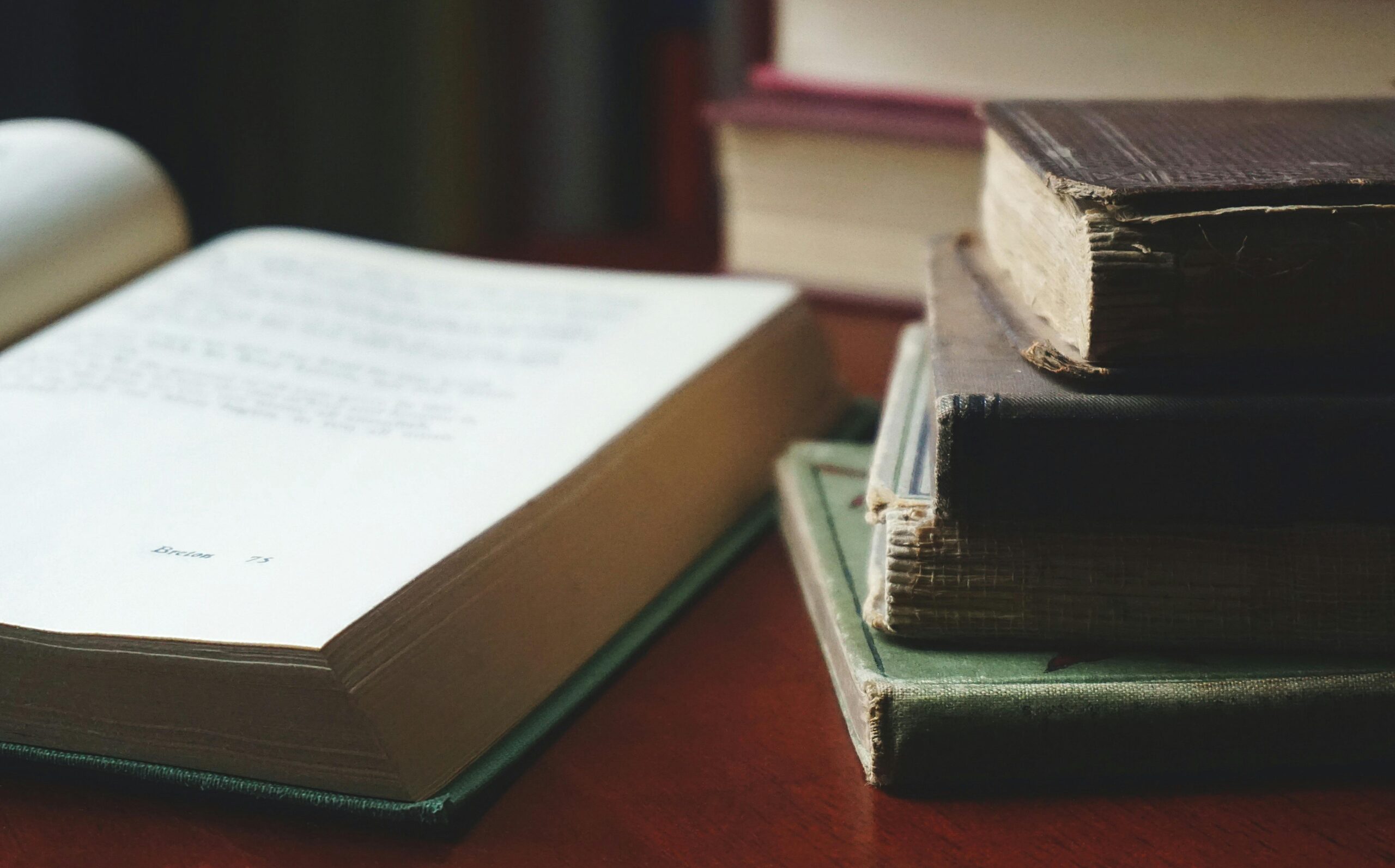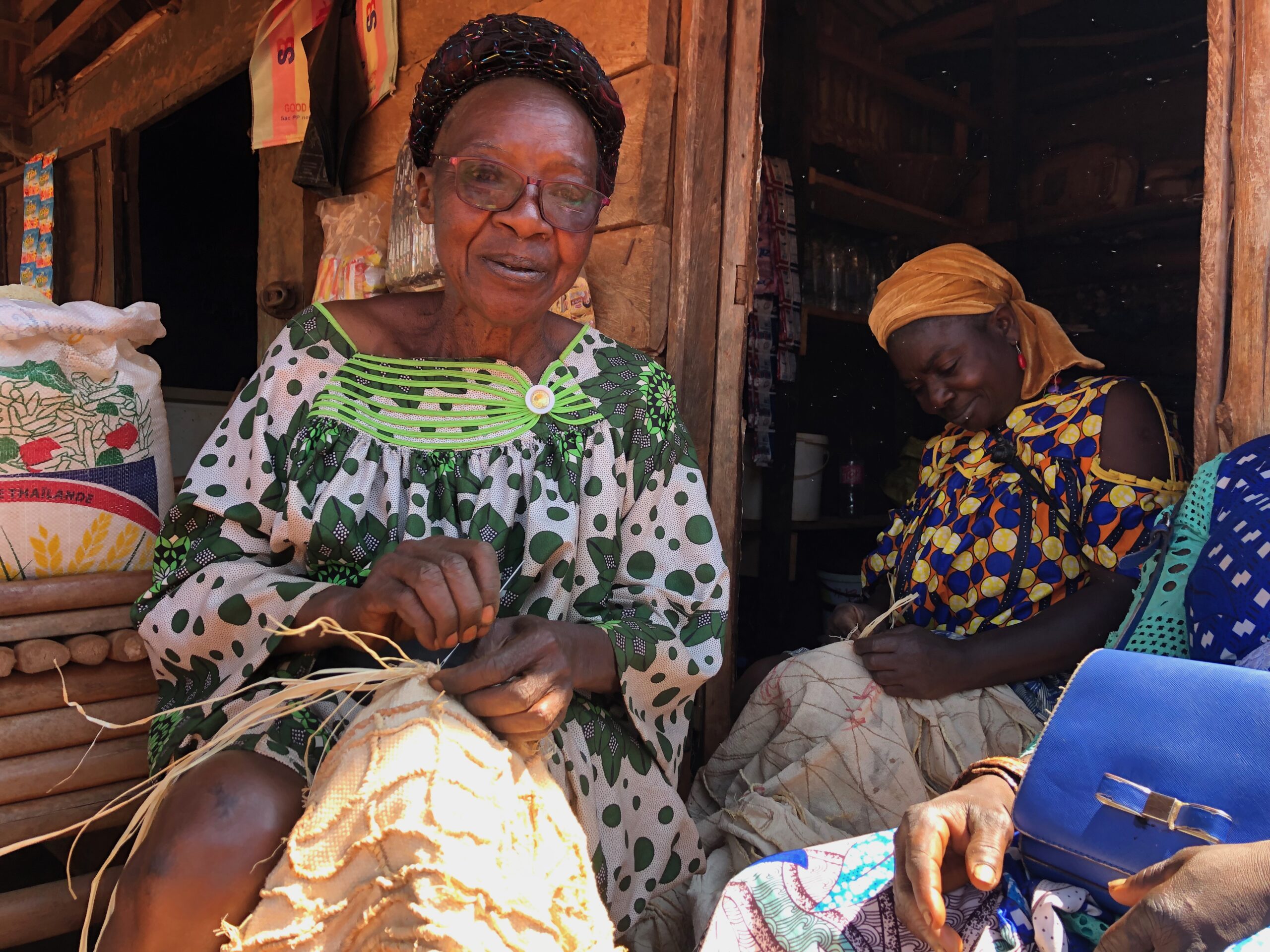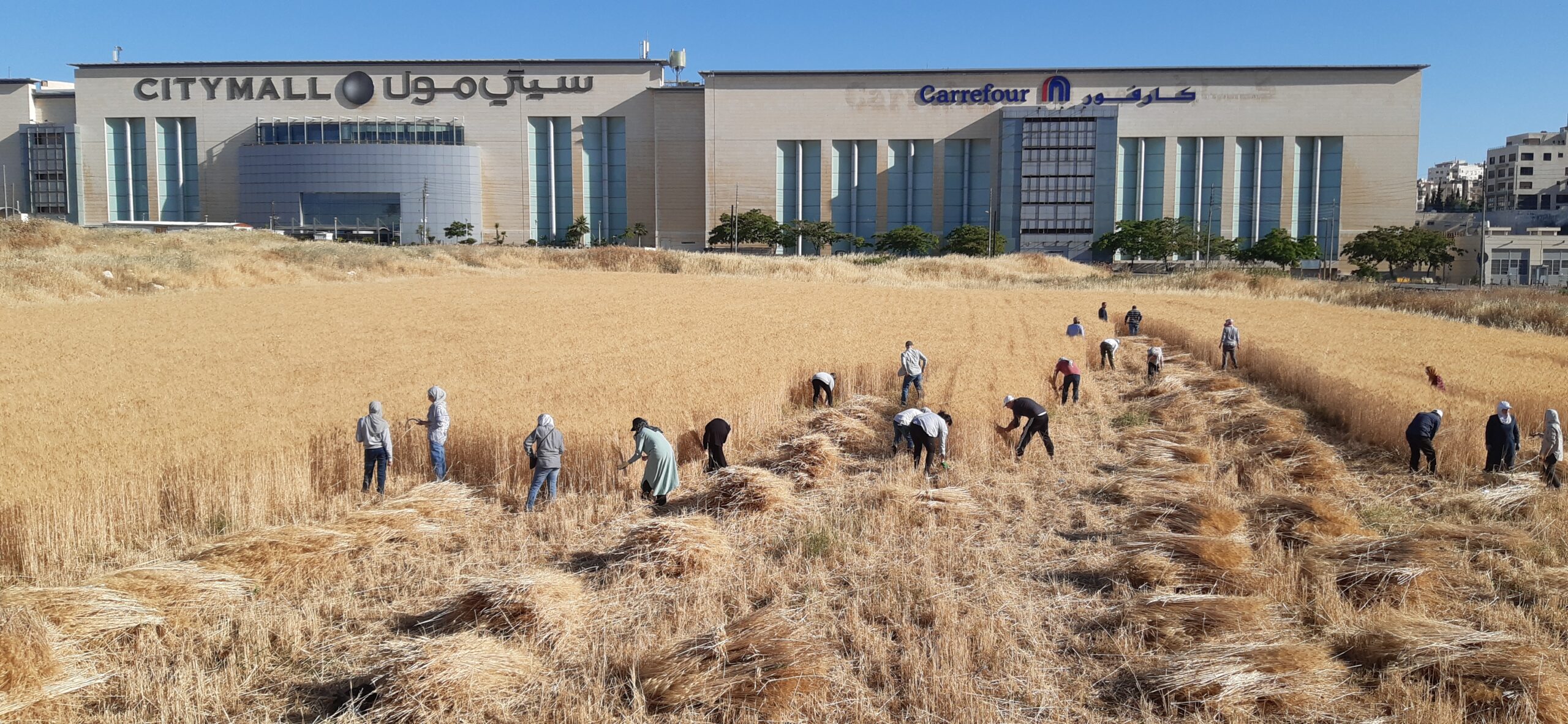
One February morning, in between blizzards, I was leaning against a pillar on a subway platform, off the express train and waiting for the local, reading as usual, when a large drop of water landed on the book in my hands. The dirty bubble-swell of water—probably melted snow that had seeped from the pavement above into the underground in-between space where I stood—lingered in place yellowly for a moment before blooming into the bottom of page 88. If I let it keep seeping into the book, the paper would dry all wrinkly. If I wiped it off—with my hand? my jacket?—I’d only be spreading the wetness around. Irritation, the kind particular to very minor subway commute dramas, spread through me. The train arrived.
Then I remembered what I was reading: Craig Childs’ The Secret Knowledge of Water. The book chronicles Childs’ exploration of water in various desert settings. Why write about water in a place defined by its scarceness? “If you want to study water, you do not go to the Amazon or to Seattle,” Childs writes. “You come here to the driest land. Nowhere else is it drawn to such a point. In the desert, water is unedited, perfect.”
“It announces its presence everywhere that it shows,” read the sentence across which dirty drip-water was now bleeding, “hardly able to blend invisibly into the incumbent granites and sandstones.” The chapter was called “Seep.” I smiled.
I am often reading about the desert. When I spent a hot summer month doing research in the red rock world of Moab, Utah, Edward Abbey’s Desert Solitaire kept me company. In the late afternoon, I would drag a green plastic lawn chair into the sandy expanse that functioned as my backyard, facing the slickrock hills and the La Sal Mountains, and read until the light disappeared behind the rocks. Reading Abbey in Moab is a cliché, yet I still felt that there was a certain intimacy to it; I liked knowing I was just a few miles from where Abbey first wrote those words. Never mind how many years it had been since Abbey’s time as a ranger at Arches National Park, never mind that that Abbey passed away twenty-five years ago. Like a crisp phone connection, I had the sense that his words didn’t have to travel far to reach me. I took pleasure in the immediacy: a sense of full immersion, of reading more thoroughly into canyon country, reading to drink more deeply from the world around me.
Home in New York, reading The Secret Knowledge of Water brought a different kind of pleasure: a sip of elsewhere, a way to remain tethered to the desert Southwest. I wished I could send even a little of our endless snow out there as drought gripped the West, underscoring the sheer distance between here and there. People out West often seem surprised, a little amused, or even perplexed when they meet me. I tell them I’m writing about southeastern Utah, about Moab, and they frankly wonder why I care. I’m a “city girl” from the East; why this deep interest in the world where they live?
I tend to shrug off such questions, convinced that I’m not quite as strange as those asking think I am. That it’s not so unusual for someone like me to be drawn to the Southwest—a part of the country that I remember thinking of, when I first visited as a teenager, as the anti-Northeast in more than just relative location. Why wouldn’t I want, from time to time, to trade my closed-in concrete grid and the brown and green of forests for dry red land, gaping wide open like a question I could spend forever answering? But as I read about deserts and droughts through a nearly-hibernating season in New York, as ice and slush mixed with city grime and buried everything, even I began to wonder how my heart’s geography got so jumbled.
In The Solace of Open Spaces, a series of meditations on life in Wyoming, Gretel Ehrlich, a one-time New Yorker, turns these questions the other way: “Was it a lie to be here? Was I an impostor?” she wonders. When a couple drives through Ehrlich’s Wyoming town in a car with New York plates, Ehrlich wants to “pound on the windows and explain that I knew every subway stop on the Seventh Avenue IRT.” I know that urge, or at least I know it backward. When tourists here ask me for directions—evidently I look like a no-nonsense New Yorker, dressed in black and rushing around with a coffee in hand—I half-want to announce to them: I’ve left this city and I might do it again. Or: This is still home but part of my heart got stuck in the desert. Or: I could go on all day about the intricacies of southeastern Utah’s role in the Cold War uranium boom.
“My city friends called,” Ehrlich says, “and asked when I was going to stop hiding.” I was hiding out West when I met Craig Childs. We discussed our shared love of red rock country, its magnetic pull. I liked talking to Craig because he was fluent in a language and a landscape that I was still learning. The language and landscape were his, had been his for years, and though I was an outsider, a city girl, he generously let them be a little bit mine, too.
Craig urged me to pick up The Solace of Open Spaces, and when I returned to New York, I did. Through the winter, I drank deeply from books like The Secret Knowledge of Water and The Solace of Open Spaces. The language of the desert as anodyne. Moving from somewhere to somewhere else, I was nowhere really, so I filled the liminal space of each subway ride with where I wanted to be. “The arid country was a clean slate,” Ehrlich writes. “Its absolute indifference steadied me.” Crowded trains and vast dry spaces are similar that way. I made my way through Ehrlich’s book mainly in packed subways cars, glancing up from the page occasionally to see if anyone was in on the joke.
Was it a lie to be only half-here? Maybe it was a kind of lie, but a sustaining one. In the depths of New York winter, part of me was still hiding out West.
On my lunch break one afternoon, when a late February blizzard-reprieve made the weather almost sweet, I saw a cab driver changing a tire as I walked along East 79th Street to Central Park. Just that morning, I’d read the part of The Secret Knowledge of Water in which Craig is riding in a van that gets not one but two flats in the middle of the desert. Echoes everywhere. And the echoes continued, my thoughts inevitably turning to the time I got a flat tire in Moab—nothing dire; it happened in the middle of town, when I parked to carpool with new friends to Arches National Park for a sunset hike and my wheel nudged a curb a bit too hard. I was in Manhattan feeling sorry for a cabbie, I was inside Craig’s book on a desperate desert day, I was in Moab, feeling useless but cared for in a parking lot on East Center Street while the man changing my tire good-naturedly showed me to how to do it so I’d know if I ever found myself in a truly desperate situation of my own.
A few minutes later, after I’d clambered over a half-melted snow bank to eat my lunch on a park bench, I ran into my college roommate from freshman year—the kind of encounter that makes people say only in New York, though I did once run into someone else from my freshman hall at the Moab Brewery. My roommate climbed over the snow bank to join me, and we talked about the exasperation that permeated the winter gloom, the places we might go if we left New York. Mostly we talked about the West. If I moved to Colorado or Utah or California, would my city friends, like Gretel Ehrlich’s, call and ask when I was going to stop hiding? And would a change of location really change anything inside me? Our preoccupations follow us wherever we go.
I can no longer tell whether what I’m longing for is a place—red rock country, the sprawling Southwest—or space, the raw sense of possibility I’ve felt out there. “Space has a spiritual equivalent and can heal what is divided and burdensome in us,” Ehrlich writes. Open spaces heal us in the way they extend; there is a kind of relief in perceiving limitlessness. Ehrlich suggests that we might “learn how to carry space inside ourselves in the effortless way we carry our skins.” Maybe reading into those open places doesn’t have to be a form of flight. Maybe it can be a way to claim a bit of that space for myself.
Through the coldest months, a phrase kept running through my head, a phrase I recognized as Ehrlich’s, though I had effectively transposed it from the wide-open world of Wyoming sheepherding during a thunderstorm into the closed, hushed spaces of urban winter. “I feel numb,” she writes. “I don’t seem to occupy my life fully.” That was it: the feeling that arose from steeping myself in the language of a landscape. The evocation of sun-warmed sandstone, shades of dusty red, a quality of light impossible to find east of the hundredth meridian. But books became refuge became escape became another way not to live fully where I was. I couldn’t send our snow out there to relieve the drought, but I could shunt my feelings westward, and so I did.
The desert possesses a kind of rawness for which I can find no urban equivalent. The vulnerability of all that exposed rock. Wind and water cutting history into land, elements stripped down to bare essentials. Gretel Ehrlich’s arid country as clean slate, uncluttered as it is unforgiving. But if the desert is the place to study water—nowhere else is it drawn to such a point—then maybe the city is the place to learn about space. To create that kind of rawness for myself. Movement, after all, doesn’t cure restlessness; it only pushes it along. Like “tumbleweeds on the move,” as Ed Abbey writes, with “that longing to be elsewhere, elsewhere.” I don’t want to hide, in books or elsewhere. I want to carry space inside myself, to be as vulnerable and open as so much reddish rock.
Rebecca Worby received her MFA in creative nonfiction from Columbia University. She lives in Brooklyn, where she hosts Shelf Life, a nonfiction reading series.



